"Fliers Back From Overseas": Others "Wait For Call To Action"
Navy Boys Return to Canada, Make Headlines in London News

Introduction:
The wee clip at top of page signals that week by week in late 1943 and early 1944 members of the Canadian armed forces are returning home for a variety of reasons. Some are on leave before re-assignment, and some are nursing injuries, etc. Two or three of the fliers appear to be from Winnipeg, e.g., FO. D. W. Westcott. No photo accompanied the news item.
The photographs below are from another newspaper - I assume The London Free Press (Ontario, Canada) - and were provided by a former next-door neighbour re his father, a member of RCAF who was injured at some point. Date is unknown as of time of posting on this site. Details follow, including a reference to another Westcott from Winnipeg(!):
"Waiting for a call to action," date unknown. London Free Press
Sgt. W. S. Robbins, London (front row, right side) and his fellow fliers, UK.
No names provided. Used with permission, Gary Robbins, London
"Still waiting"
"Me and my Pet" is written on the underside of photo
Nursing an injury - Sgt. W. S. Robbins and family, London, Ontario
The following news items are from the February 5th, 1944 issue of
The Winnipeg Tribune and can be found online at
the University of Manitoba:
Commandos love their cuppa tea... and OXO if truth be told!
As found in The Irvine Fullarton Times, Scotland
More details re Allied actions in Italy:
A former (repatriated) POW associated with the Dieppe Raid provides details re Stalag 8B:
We have prisoners on the domestic front?! News at 11:
I know some readers are sitting on the edge of their seat. The following news re "Locks Her Up" was provided in the Feb. 7th issue of The Trib:
More news from the Russian front:
The above photo reminds me of modern-day stories re "pirate-radio
stations" in the United Kingdom. Are they related? (HELP WANTED)
The artist featured below has an extensive body of work re World War II:
The two drawings shared here could not be located via 'quick Google search'
A similar scene may appear over Will Ogilvie's right shoulder!
I was unable to locate a sharper image online of the first drawing featured by Will Ogilvie, e.g., re prisoners walking toward Allied landing crafts.
However, over Ogilvie's left shoulder is a drawing of another type of landing craft - an LCM or Landing Craft, Mechanised - a flat-bottomed barge that was considered a workhorse during several D-Days or landings on foreign shores, e.g., at Operation Husky (Sicily), Baytown and Avalanche (Italy, at Reggio and Salerno, respectively).
And, on February 5th, 1944, a detailed article appeared in The London Free Press related to two Norwich boys (RCNVR, Combined Ops) who were very familiar with LCMs, and who had returned home to Canada after their service was no longer required in The Med. The full news item appears below:
NORWICH BOYS IN THICK OF TWO INVASIONS BY ALLIES
LS. BURYL MCINTYRE AND LS. DOUGLAS HARRISON
WITH “BIGGEST ARMADA OF ALL TIME”
“I saw my lieutenant, the flotilla officer, ‘get it’ because he did not know the meaning of fear. I saw ship’s gunners being strafed and standing to their guns. I can remember a Bren gunner standing in plain view of wicked cross fire, pouring all he had into the Jerries to cover his mates’ landing.” LS. Buryl McIntyre (at left in photo), home on leave in Norwich with his friend LS. Douglas Harrison (at right in photo) told what he remembered of Dieppe where he was mentioned in dispatches for his work as coxswain of a landing barge.
The above photo and caption depict a training exercise at No. 1
Combined Operations training camp, Inveraray Scotland (IWM)
“It was a dark night in August when we crossed the Channel toward Dieppe. Just at dawn we could discern the coast of France. Out of the dark sky and into the light outlining the coast came a plane diving on gun positions on shore, the guns in his wings and cannon in the nose twinkling much like a ‘Hallowe’en sparkler’. Then as he was just below treetop height, so it seemed, he pulled out and let his bombs go. He zoomed up and set off for home, ‘a job well done’.”
Buryl’s lieutenant was shot down just as they were touching the beach and coxswain Buryl took command of the barge. After landing the troops, he pushed away to find the nearest destroyer to get help for his officer. He picked his way through the maze of boats, all moving as quickly as they could to avoid the bombing and strafing of enemy planes. Another barge drew alongside and tied up to see if there was anything they could do. As it pulled away its tie rope became entangled in the propellor of Buryl’s barge, stopping the engine. Buryl dropped into the water, swam around to the stern of the tossing barge and slowly unwound the rope. Then they pushed on.
He finally got his officer aboard a destroyer and stood by nine hours, waiting and watching. Finally a senior officer commanded him to take his barge home to an English port seventy miles across the Channel from Dieppe.
When the Dieppe honours were released Buryl McIntyre was mentioned in dispatches for coolness and courage in emergencies. Later he helped land the British First Army and supplies near Algiers and took part in the Allied landing in Sicily. During the invasion of Italy he was in a North African hospital.
LS. Douglas Harrison served in the invasion of North Africa, Sicily and Italy.
Canadians in Comb. Ops. L - R: Don Linder, Kitchener; Doug Harrison, Norwich; Joe Watson, Simcoe; Buryl McIntyre, Norwich; Chuck Rose, Chippewa, ONT.
Ready to board a train in Toronto bound for Vancouver Island. Jan., 1944
Both boys arrived in England in January 1942, and were attached to the Combined Operations of the Royal Navy for special training on invasion barges. For five months they underwent the stiff and constant training of combined operations, practising day and night landing manoeuvres with British and Canadian soldiers on the lochs of Scotland.
Early in 1942, while still training, they had their first brush with the enemy. Coming down from Scotland in a convoy of carriers and barges, about eleven o’clock one night, they were attacked by ten Junkers 88s. One bomb struck the water and exploded just ahead of the boat they were on, splintering part of the ship and spraying the deck with shrapnel. The ship started to list badly but managed to right itself and there were no casualties.
After Dieppe, his seven day leave cut down to two, Buryl was almost immediately training for the next phase of the war. Late in October he and this time Douglas Harrison were in a great convoy bound for an unknown destination. Composed of all kinds of ships the convoy was loaded with machinery, bull-dozers, wire for landing sleds, jeeps, guns and the thousand other things which make up an invasion. They passed Gibraltar and proceeded along the North African shore. They saw and heard the silencing of shore batteries and presently were ready to land. Buryl handled a landing craft for the British First Army and Douglas worked with the Americans.
Troops and ammunition for light guns being brought ashore from
a landing craft assault (ramped) (LCA 428) on Arzeu beach, Algeria,
North Africa, whilst another LCA (LCA 287) approaches the beach.
Operation 'Torch', November 1942. Photo - Imperial War Museum
Editor's Note - The Canadian sailor with US troops is D. Harrison
For three days they worked back and forth with their cargos until the port was taken and the ships moved in. Then they enjoyed the sunshine, the fruit and the French managing to avoid the Arab snipers. They bought German films, trinkets, souvenirs and marveled at oranges selling at less than thirty dollars a ton.
Barges reloaded on their carriers, they returned to Scotland for more intensive training. When not in action men of combined operations spend their time perfecting styles of landing and setting up beachheads.
Canadians in Combined Ops 'kick the tires' of new LCMs in Scotland. No. 1 Combined Operations training camp, Inveraray. (IWM)
Early in 1943 they left England again, from different ports, on different dates, but both on the same mission - Sicily. After touching Cape Town and Durban, they met in Suez where they saw mainly sand. Then through the Suez Canal, into the Great Bitter Lake, called “second saltiest in the world,” the ships were gathered and furnished for the invasion. The Norwich seamen spent lazy nights in Egypt until the time to strike arrived.
Douglas had left his ship in Suez and had come by truck to the rendezvous. They began their journey west, on a varied course to mislead the enemy and dodge their bombs. On the night of July 10 they converged on Sicily, “the biggest armada of all time.”
Buryl’s carrier was a mile and half from the coast while Douglas’s was seven miles out.* They began shuttling back and forth from ship to shore through the enemy barrage of shore batteries and bombs. They saw shore batteries being knocked out and German planes machine-gunning where traffic was thickest. Because Allied bombers had destroyed Sicilian airfields, German planes did not arrive in force for about six hours.
 Placement of the four Canadian (CDN) landing craft flotillas, Sicily
Placement of the four Canadian (CDN) landing craft flotillas, SicilyPhoto - From Combined Operations, by Londoner Clayton Marks
*Editor's Note: re the location of the carriers off shore of Sicily. Buryl was likely initially manning LCAs (landing craft, assault) as a member of the 55th or 61st 'CDN LCA Flotillas', attached to the troop carriers that were placed nearer shore to get 'boots on the ground' quickly. Doug was a member of the 80th Flotilla of CDN LCMs (landing craft, mechanised) attached to supply ships (fuel, food, machinery, etc.), standing well back for the first few hours.
The news article/interview continues:
Until the Allies took over and prepared the Sicilian fields their fighters could not reach the invasion forces to protect them, so the landing was made under withering air attack. For four days the boys carried supplies through the thick of it, “but a barge makes a small target.”
After the fall of Sicily the boys landed and set up house-keeping. They were then able to get fresh fruit such as grapes, lemons and limes as well as fresh tomatoes. There was plenty of firewood and they did their cooking in biscuit tins. Aboard the barges they had used these tins as stoves, partially filling them with sand or cotton waste, pouring gasoline, sometimes mixed with oil, punching holes in the sides of the can around the top to provide air while cooking and stirring well before lighting. Such a fire would burn for a long time and could be given new life by adding a little fuel and stirring.
They had been given rations aboard the barges but had to do their own cooking and make their own tea. On shore they swung their hammocks between the trees and since there were not enough nets to go around, treated themselves with anti-mosquito ointment. While camping here they met LAC Bill Donnelly, also of Norwich, an air-frame mechanic of fighting planes. He had been with the Eighth Army in Egypt, through Tripoli and Tunis and then in Sicily. He is now in Italy. He slept nights in an almond grove, his mosquito netting suspended from the lower branches of the trees. Another Norwich boy, Reg Cole, with them in that convoy, was later killed in action in Italy.
Buryl was invalided from Sicily to a hospital base in Africa. Douglas went on to help the Canadians, the first invaders, land in Italy. Buryl was moved by ship from his hospital in Tripoli up the coast to Bone and from there by train to Algiers. There he met Douglas and they took the same ship back to Scotland. After 14 days’ leave in Scotland they started for Canada, arriving in December. When they leave Norwich they expect to go to the west coast.
They both maintain firmly that “the experience gained in the Dieppe invasion has saved thousands of lives in other larger-scale invasions.”

Doug Harrison (left) and Buryl McIntyre, RCNVR, Combined Operations, 1941
Outside Nelson Barracks, HMCS Stadacona, Halifax. Photo - Doug Harrison
Now, back to the Feb. 5, 1944 issue of The Winnipeg Tribune:
The following items appeared in the February 7th, 1944 issue of The Trib:
This next piece may open the door to more research re Canadians in Combined Operations. Though my father and mates - all early volunteers to Comb. Ops. - were back in Canada after two years of overseas service, later volunteers were training in Southern England (the names of the C. Ops. bases are not given in the article below), and perhaps in Scotland as well, in preparation for D-Day Normandy. Some names of Canadians in Combined Ops are provided, however, and I will check to see if any of the names appear in books I have here at home:
More about FSSF! The First Special Service Force is linked - by way of some of its members - to 'the Canadian Commando force in Italy' in the following short piece. I have not read much about this group of elite soldiers, but I hear they do a bit of climbing:
Kellogg's Corn Flakes are no longer produced in London, ONT.
So, no more kids "ducking right into the house" to "beg a bowlful."!!
I photographed midget submarines, "little more than glorified torpedoes", inside the Imperial War Museum, London UK, in 2014. A few related snaps appear below:
More news items from February 1944 will soon follow at "1000 Men, 1000 Stories".
Questions and comments can be addressed to me at gordh7700@gmail.com
Please link to Editor's Research: Canadians in Combined Ops Return Home (11)
Unattributed Photos GH





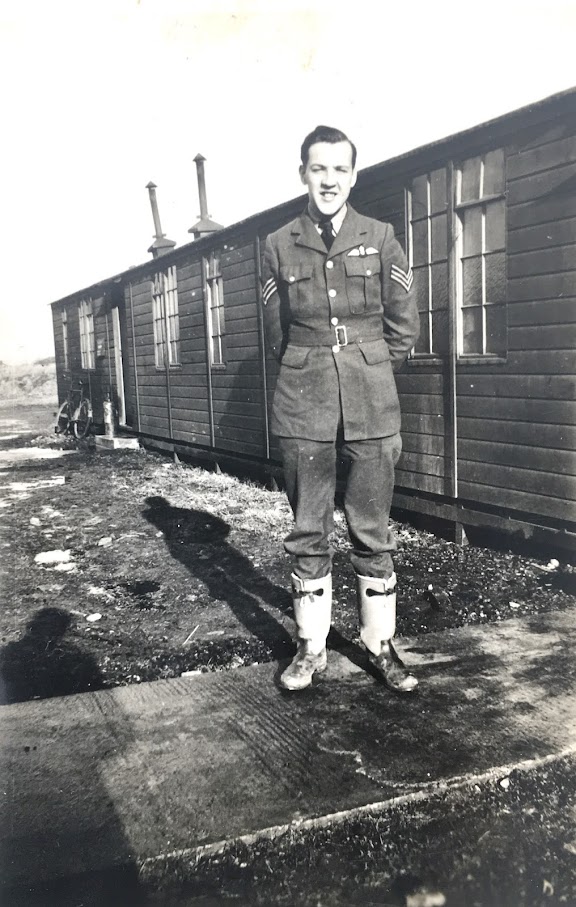


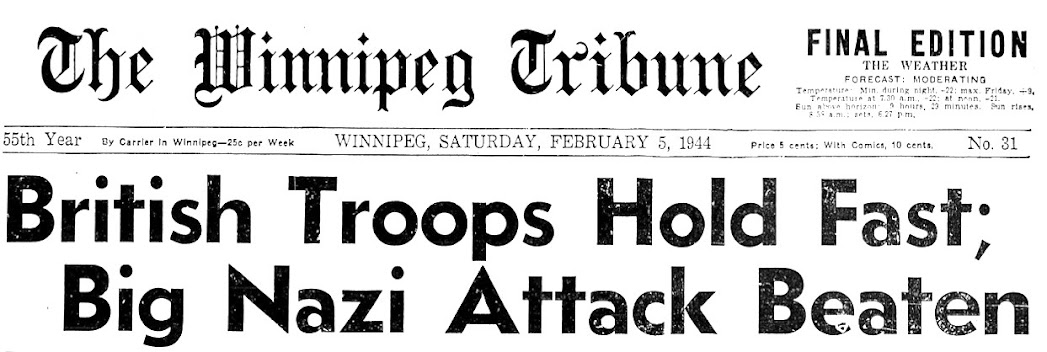
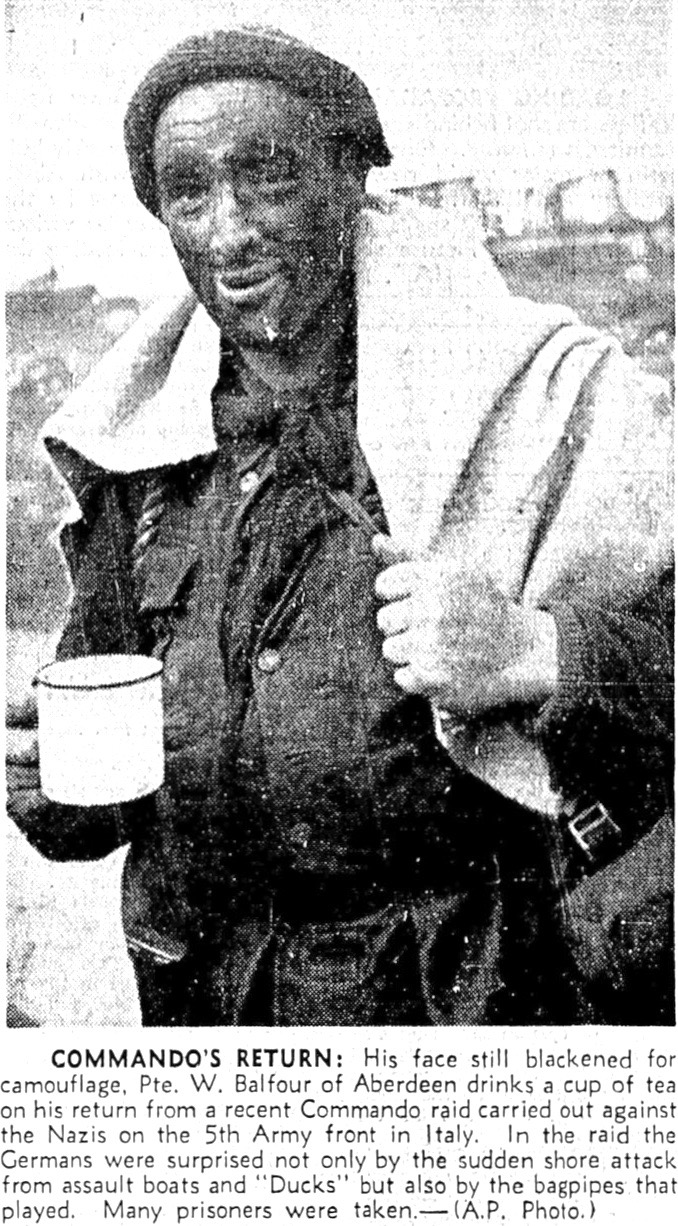

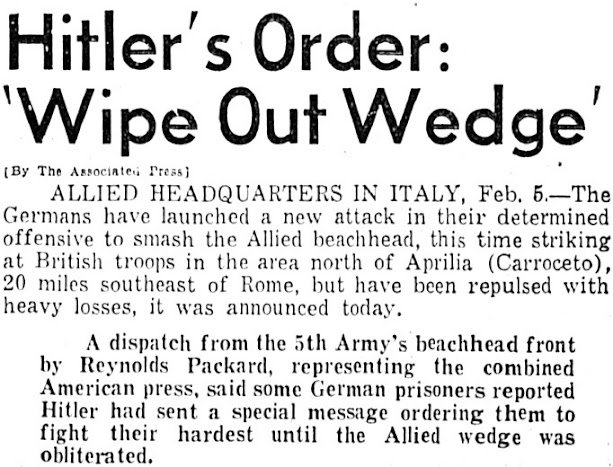





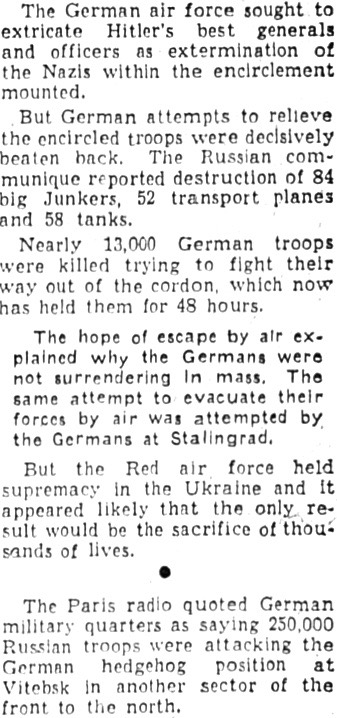

















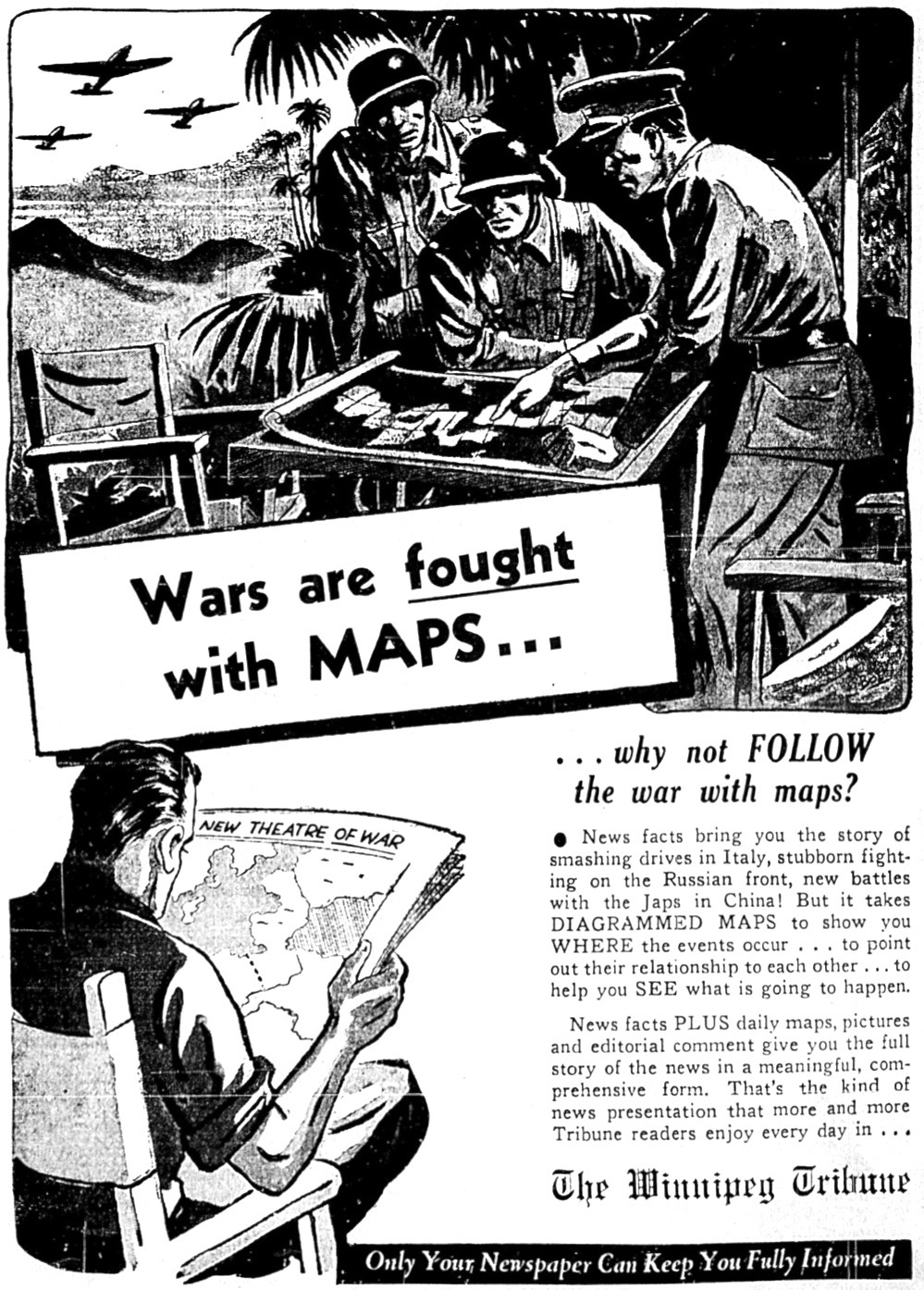





















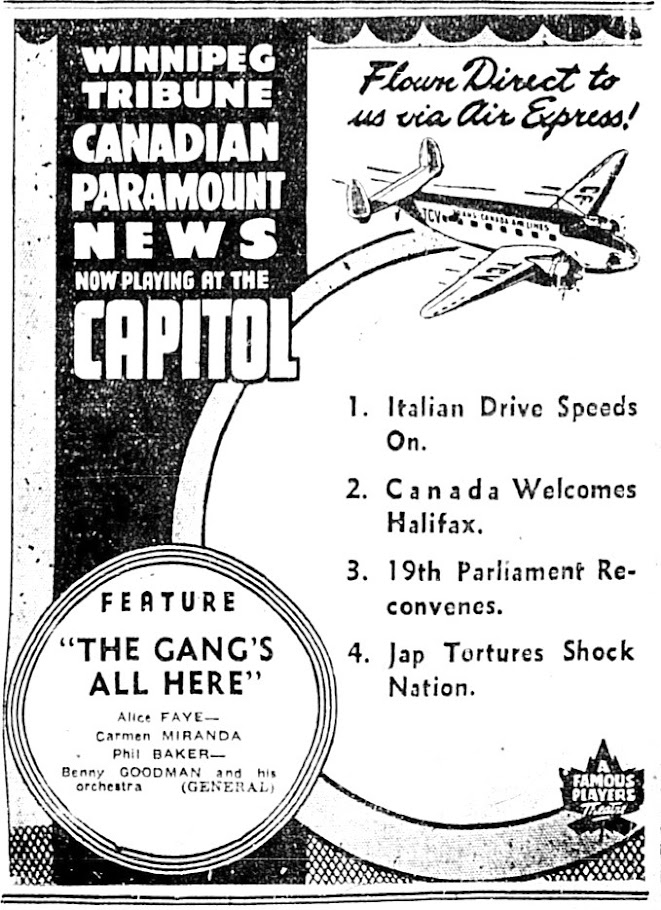
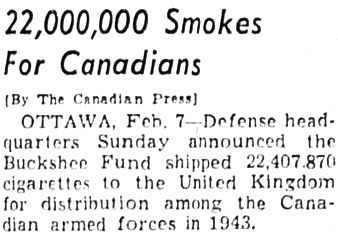

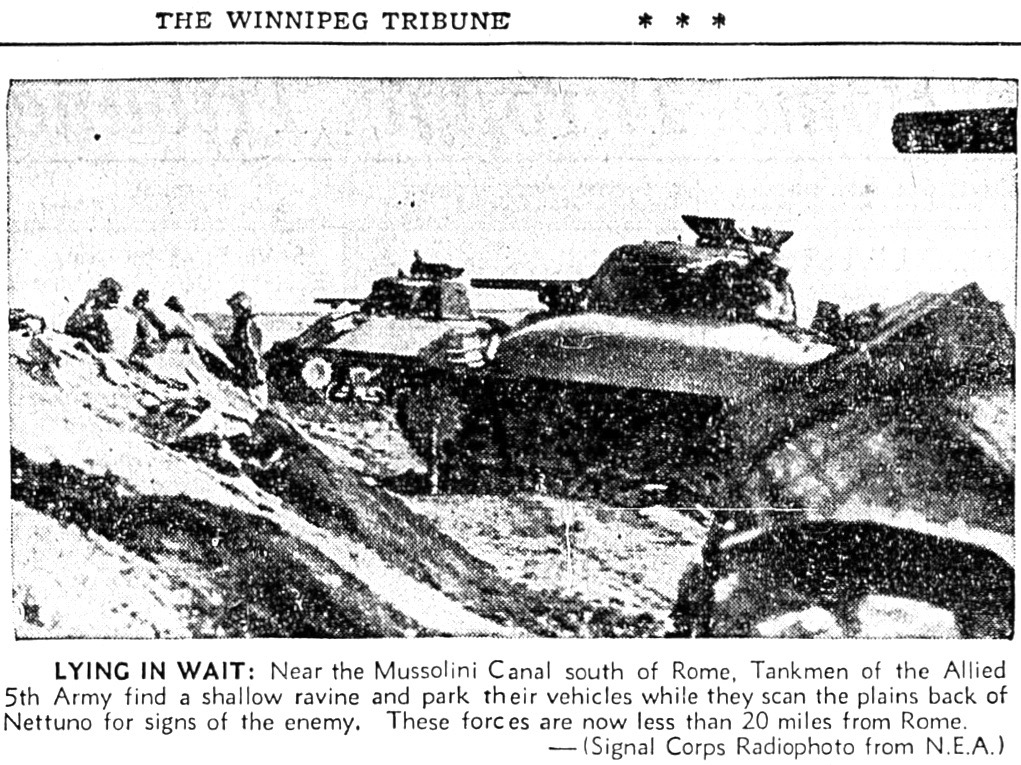

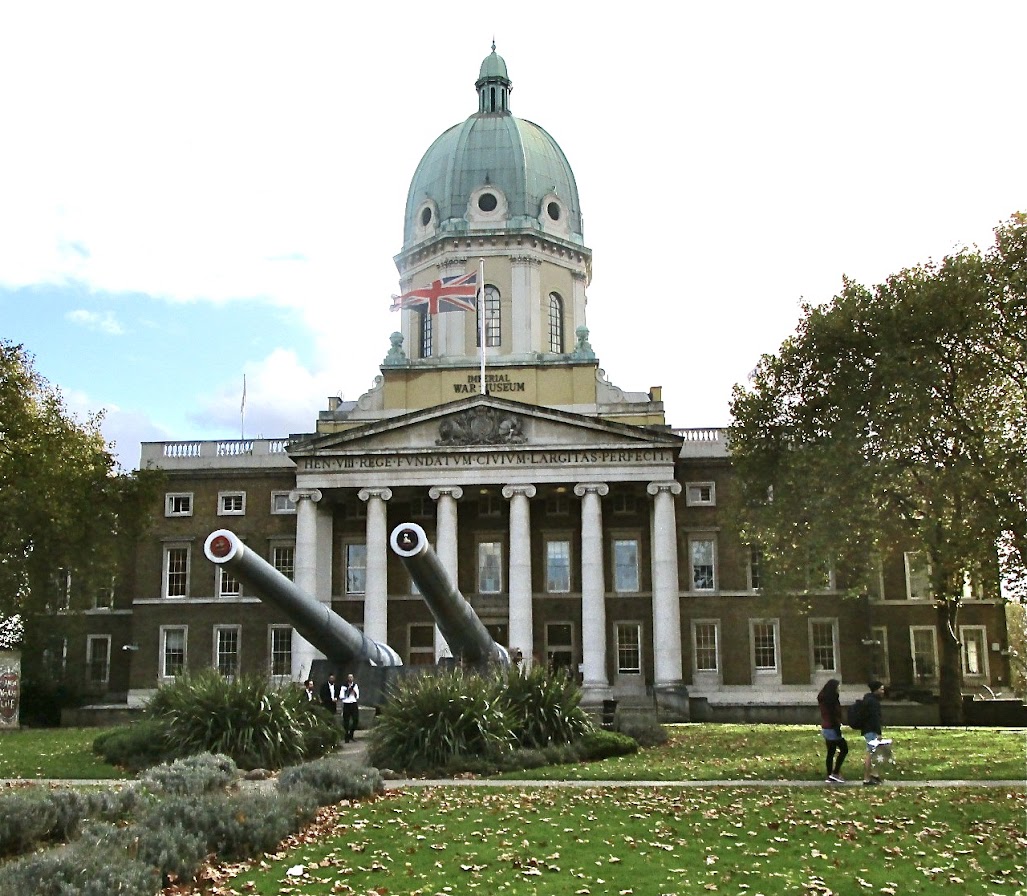





No comments:
Post a Comment